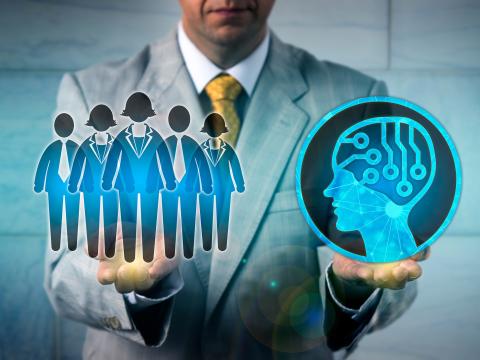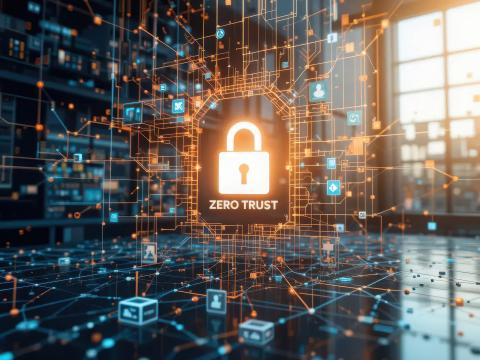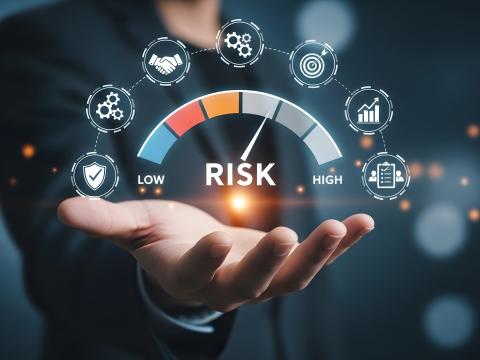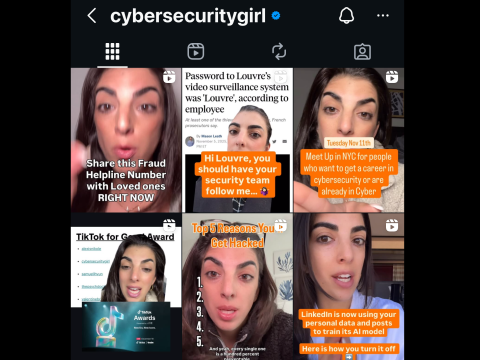Jump-Starting the Dark Grid
A new project headed by Lawrence Livermore National Laboratory aims to use microgrid resources to boost the electric grid’s ability to bounce back more rapidly from blackouts or cascading outages, such as those following major storms or earthquakes.
In less than three years, researchers will attempt to demonstrate the potential of distributed energy resources, including the energy produced by solar panels on homes, to help restore power to the grid from scratch, an effort commonly known as a black start. The black start process is now done manually using special generators that can provide power to slowly bring other generators back online.
This normally takes days, but by using a distributed energy resource management system (DERMS) being developed under the research lab’s CleanstartDERMS project, the process may be reduced to about four hours. In addition to improving customer reconnection time, a smarter, more robust and selective communication and control system could reduce grid recovery costs.
Distributed energy resources (DER) are small-scale power-generation and storage sources usually located close to the home, business or facility where electricity is used. They can provide alternatives or enhancements to the traditional electric power grid. They include a variety of energy sources, such as photovoltaic, biomass or diesel generators.
“We want to look at how we can use DER and distributed resources and restoration methodologies,” explains Emma Stewart, deputy associate program leader for cyber and infrastructure resilience, Lawrence Livermore National Laboratory (LLNL). “We want to use it to help restore the grid when there’s a problem. If there’s a wide area outage caused by an earthquake or a hurricane, a giant storm, we can look at how we use all those resources people have to bring back parts of the distribution grid.”
The CleanstartDERMS project is one of many under the U.S. Department of Energy’s Grid Modernization Initiative, which fosters collaboration across the department to develop the concepts, tools and technologies needed to measure, analyze, predict, protect and control the future grid. The LLNL, Livermore, California, currently has about 20 projects associated with the grid modernization effort.
“What we are driving at is to enhance the grid, mainly to make the grid more affordable, in addition to being more reliable and resilient. Usually, you can make things more affordable or more reliable or more resilient, but it’s hard to do those three things simultaneously,” says John Grosh, the lab’s deputy associate director for computation.
During the first year of the three-year project, CleanstartDERMS researchers will work to validate their methodology using models of the system with novel algorithms. In the second year, they will test functional accountability, placing the algorithms into real hardware. The project will cap off with an actual test involving the City of Riverside Public Utility, Riverside, California.
Ideally, the project will result in a closer collaboration between microgrid and primary grid operators, which normally work independently of each other. “The microgrid operators always work to save themselves. The grid operator will work to save the rest of the grid. But they don’t often coordinate, so we’re looking to use the analytics that come out of this project to do that,” Stewart states.
Researchers will use real-time data analytics and machine learning to detect risks to the grid before an outage becomes widespread, deciding which clusters are affected and signaling them to disconnect to protect the rest of the grid from failure.
When a widespread outage occurs, the analytics and robust DER controls and communication can provide service to customers as well as a black start capability to support utilities. The LLNL team also will investigate so-called dynamic islanding—forming microgrids of customers who generate power at home through photovoltaic solar panels—allowing them to support themselves independently until they can be reconnected to the main transmission lines.
“We’re also using that data in this context to determine what course of action a microgrid or grid operator should take in the event of a big storm, for example,” Stewart says. She cites the ability to take a system off the grid and work alone as one possible course of action. “We’re using those analytics to tell us what the best choice will be: Save yourself or support the rest of the grid,” she says.
If all goes well, researchers with the project will conduct an ambitious operational demonstration of a full restart involving a number of buildings supplied by a distribution feeder in Southern California. “To do that, we need to coordinate with the utilities to turn off a feeder suddenly and to simulate what this would actually look like. This hasn’t really been done before. It’s a pretty challenging demonstration,” Stewart says.
The LLNL is partnering with Pacific Northwest National Laboratory (PNNL) and Los Alamos National Lab. The PNNL is focusing on a fairly complex simulation involving the distribution system, the communications network and the transition system to investigate how systems and controls need to respond during a crisis. Los Alamos leads research on the controls. Riverside Public Utilities in Southern California is the largest utility partner on the project, with about 600 distribution centers. And a company called Smarter Grid Solutions, a DER management platform provider, will supply an overarching control device. Other collaborators include PingThings, Pacific Gas and Electric, and Southern California Edison.
Utility companies will essentially own the solution developed under the project, in part because they own and operate the overarching command system. Normally when utilities do a wide-scale restoration, they start with the generators and the transmission systems, which Stewart calls the big system pieces. “Like a jigsaw, they build the grid back together based on whatever has happened at the particular time and the repairs that are going on,” she adds. “Eventually, we would create a stable enough cluster within the system of resources that we can bring back on the normal generators … until we start bringing on the customers, and we stage the whole system from the leaves to the roots, which is the substation.”
There may be cultural challenges from utility suppliers that prefer business as usual, but most of the technology itself is already pretty mature, Stewart indicates. Plenty of vendors have said they will be capable of supplying the necessary technologies, the individual components and the algorithms.
Network visibility, though, is one piece of the puzzle that still needs to be developed. “At the moment, there’s less than 25 percent visibility to the distribution feeders. Obviously, to do this, we need to be able to see what’s going on while we’re reconnecting,” the project leader says.
The LLNL team has already developed a commercialization plan, but Stewart cannot yet reveal the details. “If this is a control system and a product that works out, the people like the DERMS vendors and the utilities could integrate the controls that we’ve demonstrated. We’re working with DERMS vendors and utilities to talk about how they would implement this,” she reveals.





Comments